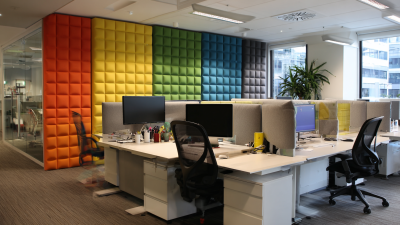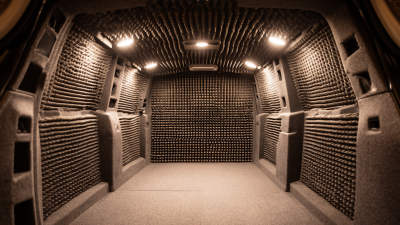What is Sound Dampening Curtains and How They Reduce Noise Levels by up to 70 Percent
In an increasingly noisy world, finding effective solutions for noise reduction has become essential for both residential and commercial spaces.
Sound dampening curtains have emerged as a popular option for individuals seeking to minimize unwanted sound intrusion,
boasting the ability to reduce noise levels by up to 70 percent.
According to a report by the Acoustical Society of America, sound dampening products can significantly improve acoustic comfort,
making indoor environments more conducive to work and relaxation.
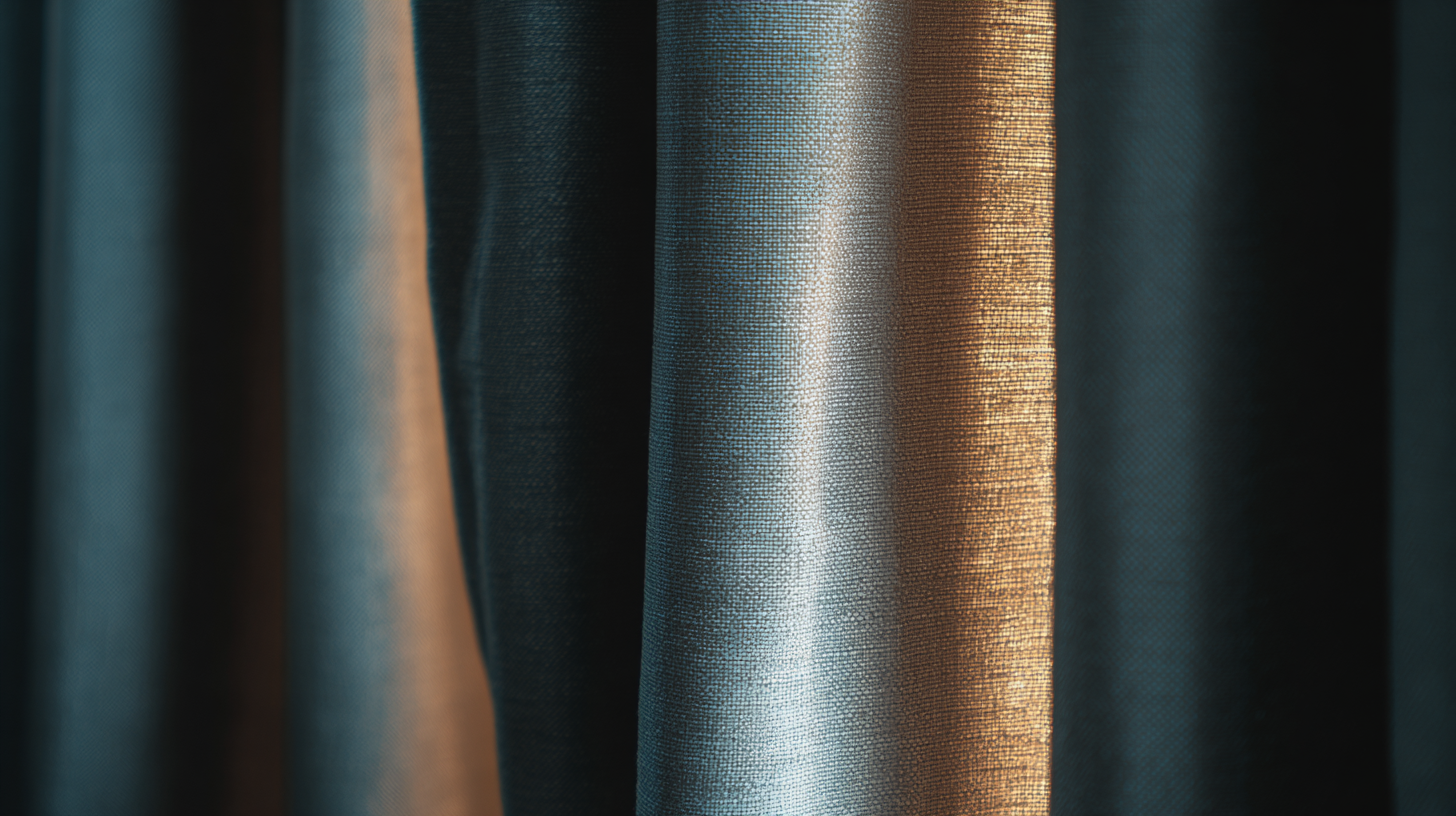 These specialized curtains are designed with multiple layers of heavy, dense fabric that absorb sound waves,
preventing them from reverberating within a room. With urban living trends on the rise, where high-rise buildings and busy streets exacerbate noise pollution,
the demand for effective sound control solutions like sound dampening curtains continues to grow,
making them a valuable investment for enhancing privacy and tranquility in any setting.
These specialized curtains are designed with multiple layers of heavy, dense fabric that absorb sound waves,
preventing them from reverberating within a room. With urban living trends on the rise, where high-rise buildings and busy streets exacerbate noise pollution,
the demand for effective sound control solutions like sound dampening curtains continues to grow,
making them a valuable investment for enhancing privacy and tranquility in any setting.
Understanding the Basics of Sound Dampening Curtains and Their Functions
Sound dampening curtains are specially designed textiles that help reduce noise levels in various environments, including homes, offices, and studios. These curtains are made from dense, heavyweight materials that absorb sound waves, leading to a quieter atmosphere. According to the Acoustical Society of America, using sound dampening curtains can decrease noise levels by as much as 70 percent, making them an effective solution for those who want to minimize external distractions and improve acoustic comfort.
To maximize the benefits of sound dampening curtains, it’s essential to choose the right fabric and thickness. Look for curtains made from materials such as velvet, polyester, or thick cotton, which are known for their sound-absorbing properties. Additionally, the proper installation of the curtains—ensuring they cover the entire window area and are slightly wider than the frame—can further enhance their effectiveness in noise reduction.
**Tips:** When selecting sound dampening curtains, consider using a double-track system to layer lightweight curtains with heavy drapes. This not only improves sound insulation but also adds an aesthetic touch to your décor. Also, be mindful of using curtain rods that can support the weight of heavy curtains to ensure that they hang properly and provide maximum absorption.
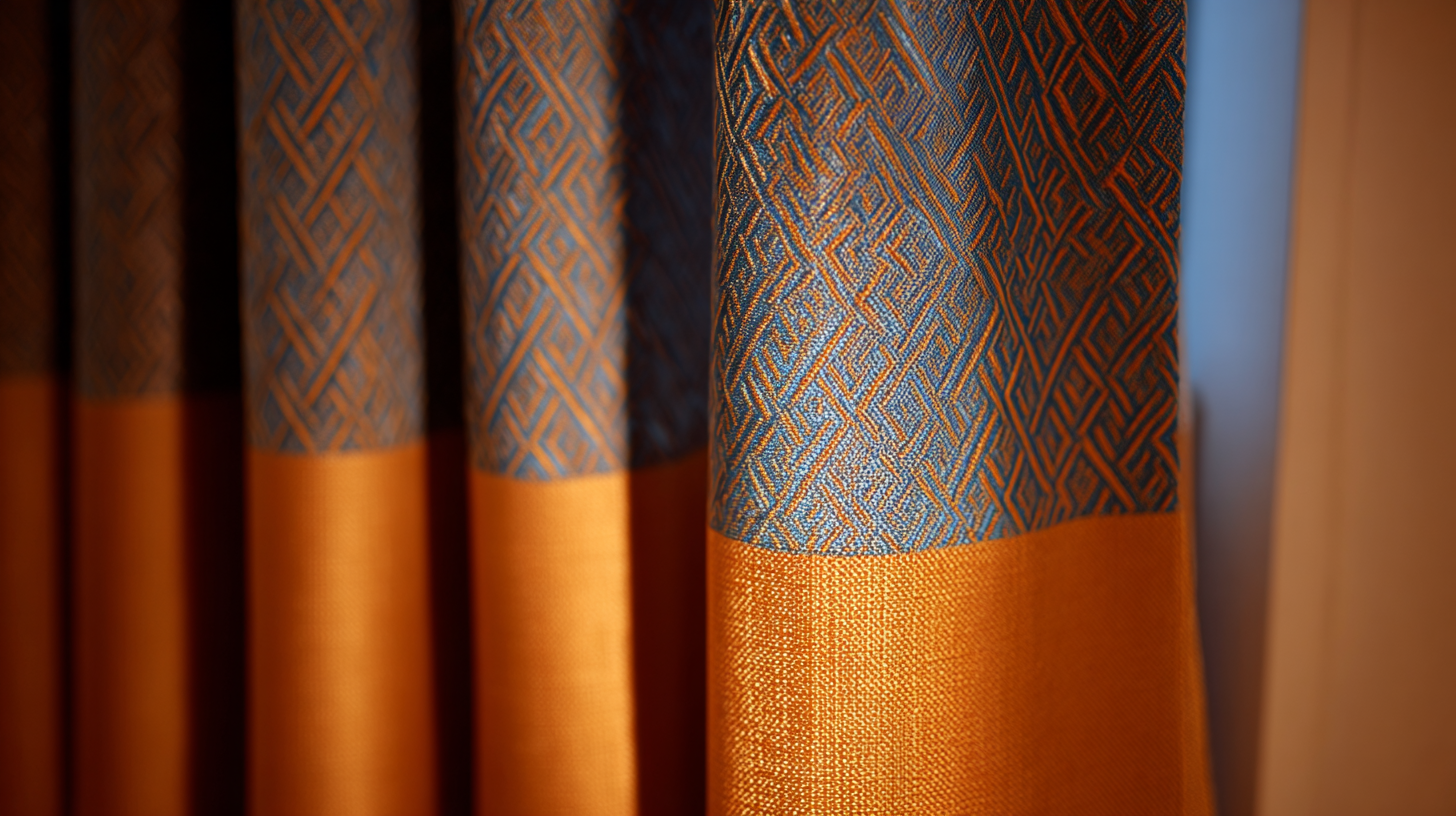
Key Materials Used in Sound Dampening Curtains and Their Effectiveness
Sound dampening curtains are specially designed to reduce noise levels in various environments, making them a practical solution for homes, offices, or studios. The effectiveness of these curtains largely depends on the materials used in their construction. Commonly, they are made from heavy fabrics like velvet or polyester that help absorb sound waves. Additionally, some curtains feature layered designs that incorporate sound-absorbing materials such as foam or mass-loaded vinyl, further enhancing their ability to minimize noise.
When choosing sound dampening curtains, consider the weight and thickness of the fabric. The denser the material, the better it will perform in blocking noise. Adding a liner can also increase sound absorption. For optimal results, hang the curtains as close to the ceiling as possible, ensuring they cover the entire window frame.
Tips: To maximize the sound-dampening effect, consider using rods and brackets that extend beyond the window edges, allowing the curtains to reduce noise seeping in from the sides. Additionally, pairing your curtains with carpet or rugs can absorb more sound, creating a quieter environment overall.
How Sound Dampening Curtains Can Reduce Noise Levels by Up to 70 Percent
Sound dampening curtains are an effective solution for reducing noise levels in your home by up to 70 percent. These specialized curtains are designed with materials that absorb sound waves, creating a quieter environment that helps mitigate the impact of external noise from road and air traffic. With studies linking loud noises to serious health concerns such as high blood pressure and heart attacks, investing in sound dampening curtains can not only enhance your comfort but also contribute to your overall well-being.
In addition to noise reduction, these curtains offer an aesthetic upgrade to your living space. Many modern options also serve as thermal curtains, providing energy efficiency while maintaining style. By blocking out external distractions, sound dampening curtains create peaceful sanctuaries ideal for restful sleep. Whether you live in a bustling city or near a busy highway, these curtains can significantly improve your indoor ambiance, proving to be a multifunctional addition to any home.
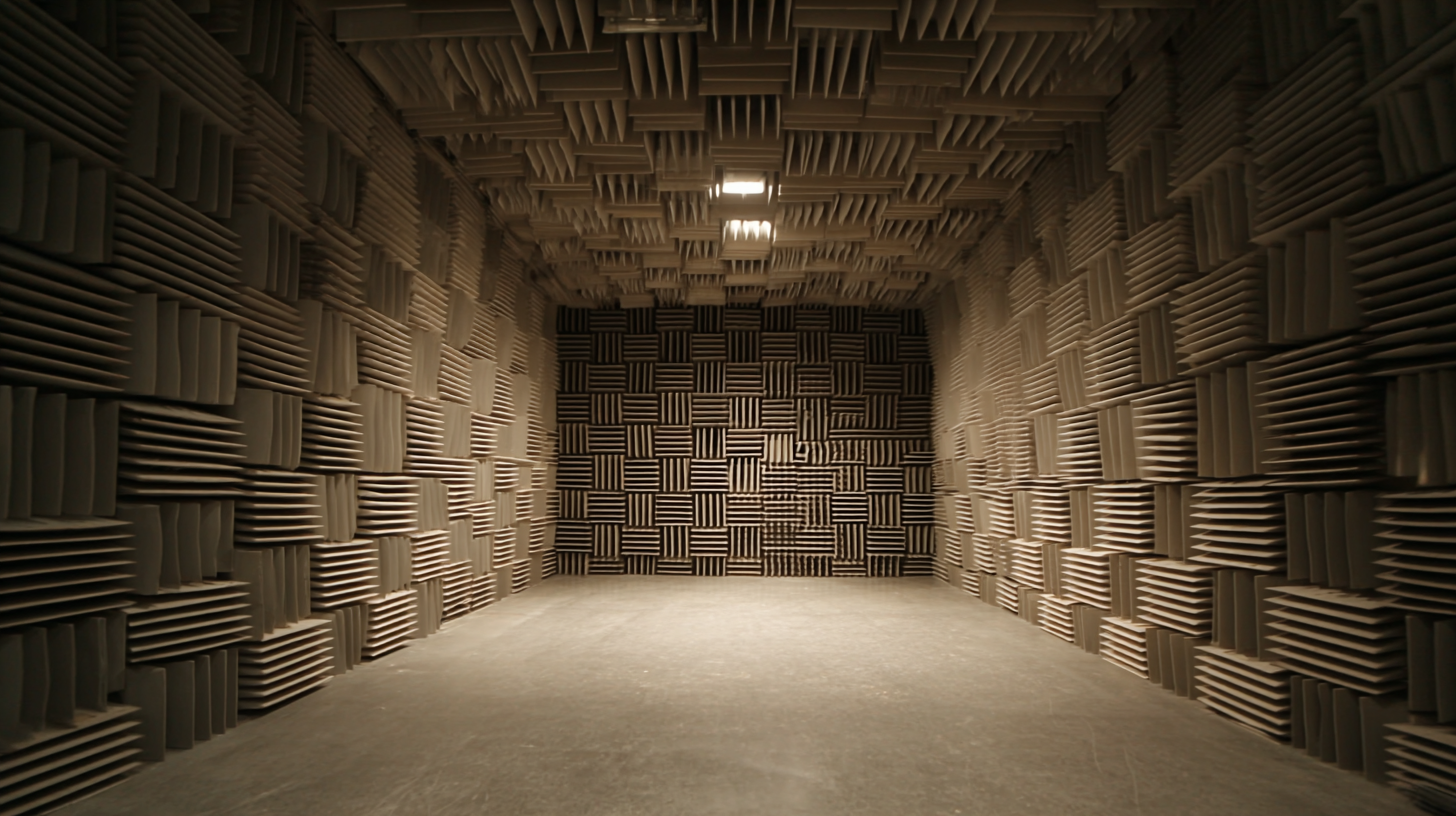
Installation Tips for Maximizing the Soundproofing Benefits of Curtains
When it comes to maximizing the soundproofing benefits of curtains, installation plays a crucial role. To achieve optimal noise reduction, ensure that the curtains extend beyond the window frame both in width and length. This helps to create a seal that minimizes sound leakage. Additionally, selecting curtains that are heavy and dense will significantly improve sound absorption capabilities. Fabrics with multiple layers or those specifically designed for sound dampening can enhance both thermal insulation and noise reduction, contributing to a more peaceful environment.
Another vital tip for effective installation involves mounting the curtains as close as possible to the ceiling. This not only creates the illusion of taller windows but also allows sound waves to be absorbed more effectively, preventing them from bouncing off the walls. Moreover, consider using curtain rods that allow the curtains to be drawn fully open or closed without obstruction, enabling you to adjust natural light while still benefiting from the noise reduction. Taking these steps will help transform your space into a serene retreat, effectively cutting down noise levels and improving overall comfort.
What is Sound Dampening Curtains and How They Reduce Noise Levels by up to 70 Percent - Installation Tips for Maximizing the Soundproofing Benefits of Curtains
| Feature | Description | Noise Reduction (%) | Material | Recommended Installation Tips |
|---|---|---|---|---|
| Type A | Thick fabric with inner liner for better sound absorption | 70% | Polyester with foam backing | Hang curtains close to the ceiling, ensure full floor coverage. |
| Type B | Multi-layered fabric designed for noise reduction | 65% | Silk and cotton blend | Use proper mounting hardware for stability, overlap edges. |
| Type C | Lightweight curtain with a sound-dampening core | 50% | Recycled polyester | Position for maximum width coverage, consider layer stacking. |
| Type D | Blackout curtain with additional soundproofing | 60% | Polyester with thermal backing | Ensure curtains cover entire window frame, seal edges. |
Comparative Analysis: Sound Dampening Curtains vs. Traditional Noise Reduction Methods
Sound dampening curtains are an effective solution for noise reduction, providing a significant advantage over traditional noise reduction methods. Unlike conventional approaches such as soundproofing with heavy materials or installing acoustic panels, sound dampening curtains offer a versatile and aesthetically pleasing alternative. Made from dense, heavy fabrics, these curtains absorb sound waves and can reduce noise levels by up to 70 percent, creating a more peaceful environment in homes and workplaces.
When comparing sound dampening curtains to traditional methods, one of the key benefits is ease of installation and flexibility. Traditional noise reduction techniques often require extensive modifications to spaces, which can be both costly and disruptive. In contrast, sound dampening curtains can be easily hung and removed, allowing users to alter their space without permanent changes. Additionally, they serve dual purposes—providing privacy and light control—while enhancing acoustics, making them a practical choice for those seeking to enhance their living or working environments without sacrificing aesthetics.
